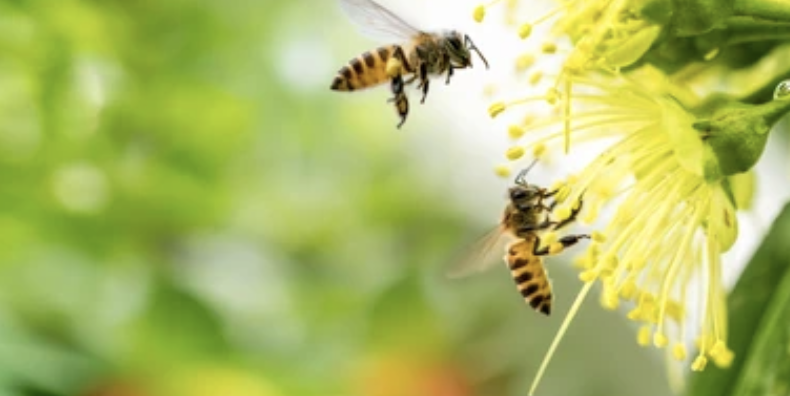
(CNN)We are all better after a decent night’s sleep — and insects are no different.
Continue reading Bees aren’t getting enough sleep, thanks to some common pesticides

(CNN)We are all better after a decent night’s sleep — and insects are no different.
Continue reading Bees aren’t getting enough sleep, thanks to some common pesticides
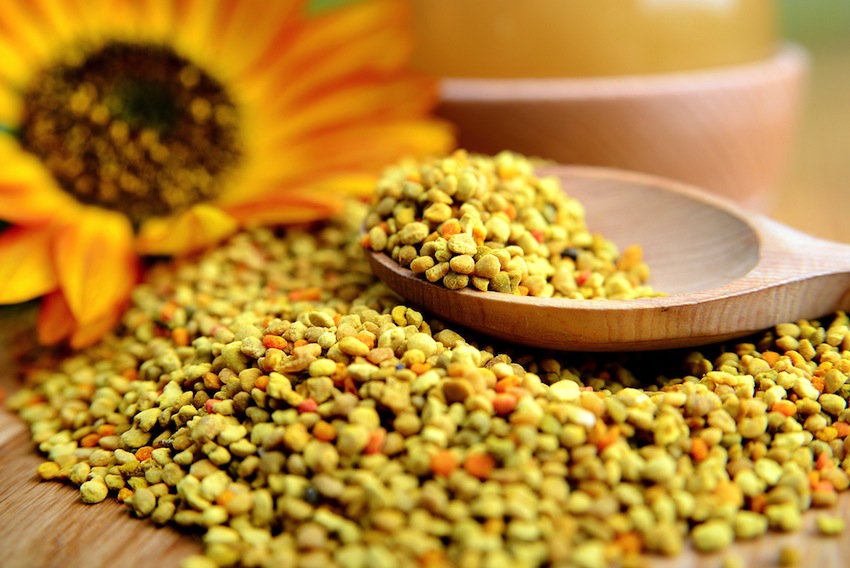
Bee Pollen is made by honeybees, and is the food of the young bee. It is considered one of nature’s most completely nourishing foods as it contains nearly all nutrients required by humans. Bee-gathered pollens are rich in proteins (approximately 40% protein), free amino acids and vitamins, including the B-complex, and folic acid.
Bee pollen is a complete food and contains many elements that products of animal origin do not possess. Bee pollen is richer in proteins than any animal source. It contains more amino acids than beef, eggs, or cheese of equal weight. About half of its protein is in the form of free amino acids that are ready to be used directly by the body.
Continue reading 10 Ways Health Improved By Eating 1 Spoon of Bee Pollen

Climate change is killing bumblebees: Study
Chemicals are routinely applied around residential landscapes to kill insect pests and troublesome weeds, but many are indiscriminate and devastate pollinators in the process.
Over the past 30-plus years, pollinator populations have crashed worldwide due to a variety of reasons, including pesticide and herbicide exposure, invasive pests and diseases, loss of habitat, loss of species and genetic diversity, and a changing climate, scientists say. Continue reading Climate change is killing bumblebees
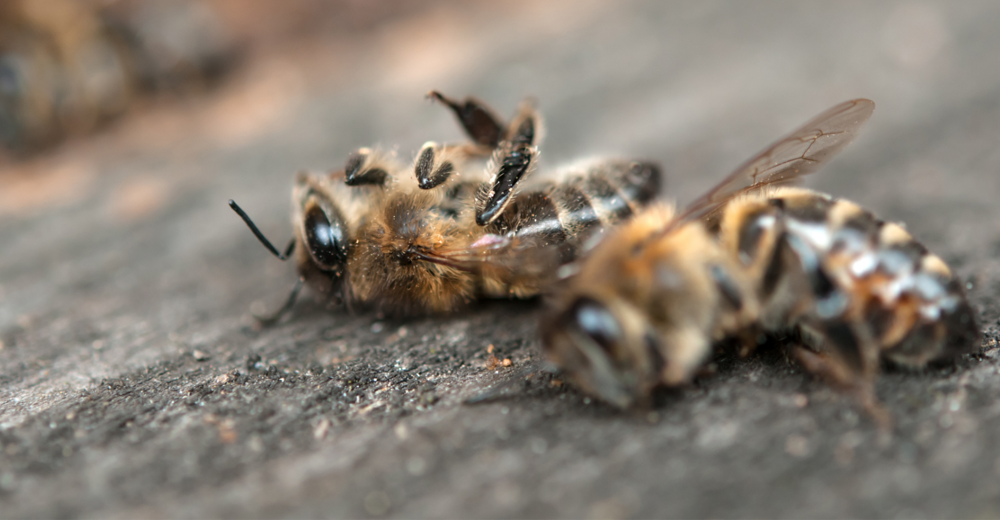
Rampant pesticide use and habitat loss has already crippled bumblebee populations. New research now shows that warming temperatures around the world will further push bumblebees to the brink of extinction, as The New York Times reported.
The loss of bumblebees spells trouble for plant biodiversity since they are some of the most important pollinators in the world. Bumblebees pollinate and fertilize a wide array of plants and crops, including tomatoes, blueberries and squash. However, if you are in North America, you are nearly 50 percent less likely to see a bumblebee in any given area than you were prior to 1974, according to the new research, as National Geographic reported.
The new research, published in the journal Science, employed a massive dataset and a complex modeling system to look at bee populations and to find the reason for their decline. The researchers found that bee populations have experienced the largest decline in places that have warmed at a faster rate than the rest of the planet.
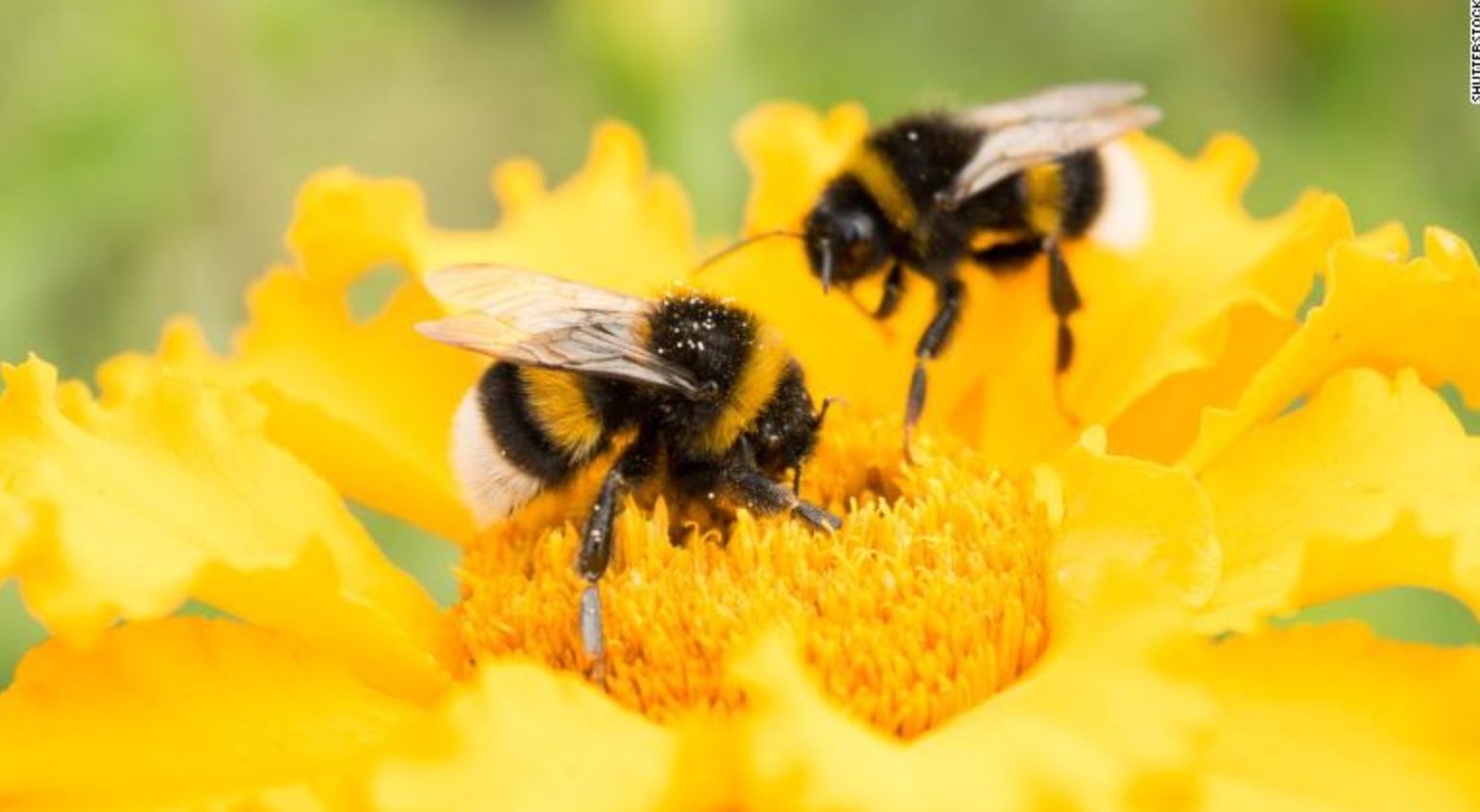
(CNN)Researchers have figured out which plant species bumble bees prefer to include in their diets, providing advice to those wishing to help with bee conservation efforts.
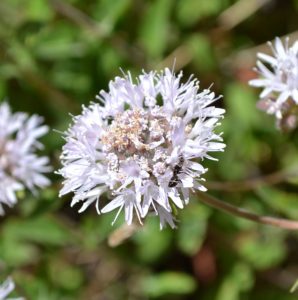

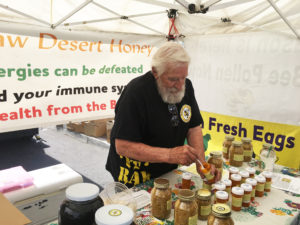
Friday: Las Vegas South Premium Outlet Starting Aug 30th, 7400 S Las Vegas Blvd, Las Vegas, NV 89123, 9am to 4pm Visit our new location.
Continue reading New Location: Friday – Las Vegas South Premium Outlet
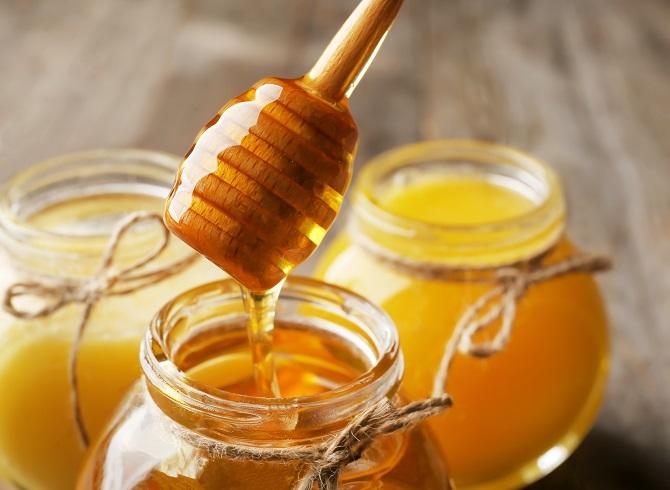
There is an entire alphabet of honey from acacia to wildflower, but beyond the difference in floral varieties, there are other types too. We’re taking a deeper look at the difference between raw honey and regular honey. But first, a little bit about honey in general.
Honey, or apiculture (the technical term for beekeeping), is big business these days due to the variety of health benefits found in bee pollen and in the sweet golden nectar of honey itself. Used as a natural sweetener in lieu of processed sugar and artificial sweeteners, honey is highly approved, dubbed as a natural elixir and “nectar of the gods” by beauty experts with celebrity endorsements from the likes of Kourtney Kardashian and Megan Markle who swear by the sweet stuff’s restorative powers. Continue reading Difference Between Raw Honey and Regular Honey

In response to the population decline of pollinating insects, such as wild bees and monarch butterflies, researchers at the U.S. Department of Energy’s (DOE) Argonne National Laboratory are investigating ways to use “pollinator-friendly solar power.
By studying solar energy facilities with pollinator habitats on site, researchers hope to rehabilitate pollinator populations that play a crucial role in the national and global agricultural industries. Loss of such species could devastate crop production, costs and nutrition on a global scale.
Though small, insects are at least partially responsible for pollinating nearly 75 percent of all crops world-wide consumed by humans in their daily diet. As man-made environmental stressors – including pesticides and land development – have increased, insect pollinators have lost habitats and species have declined significantly. Continue reading Can solar energy save the bees?
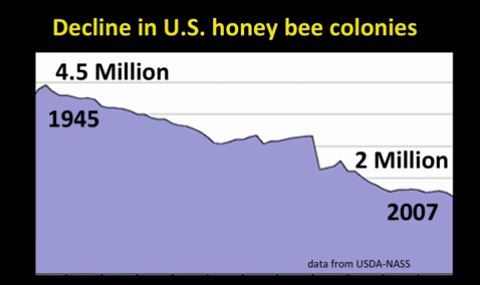
Scientists are researching the potential consequences of the rapid decline of the honey bee population in the U.S. and how to mitigate its effects before it causes dire problems for crop management and production.
Honey bees are essential for the pollination of flowers, fruits and vegetables, and support about $20 billion worth of crop production in the U.S. annually, Matthew Mulica, senior project manager at the Keystone Policy Center, a consulting company that works with the Honey Bee Health Coalition, told ABC News.
Worldwide, honey bees and other pollinators help to produce about $170 billion in crops, Scott McArt, assistant professor of pollinator health at Cornell University, told ABC News. WATCH THE VIDEO Continue reading 40% decline in honey bee population VIDEO